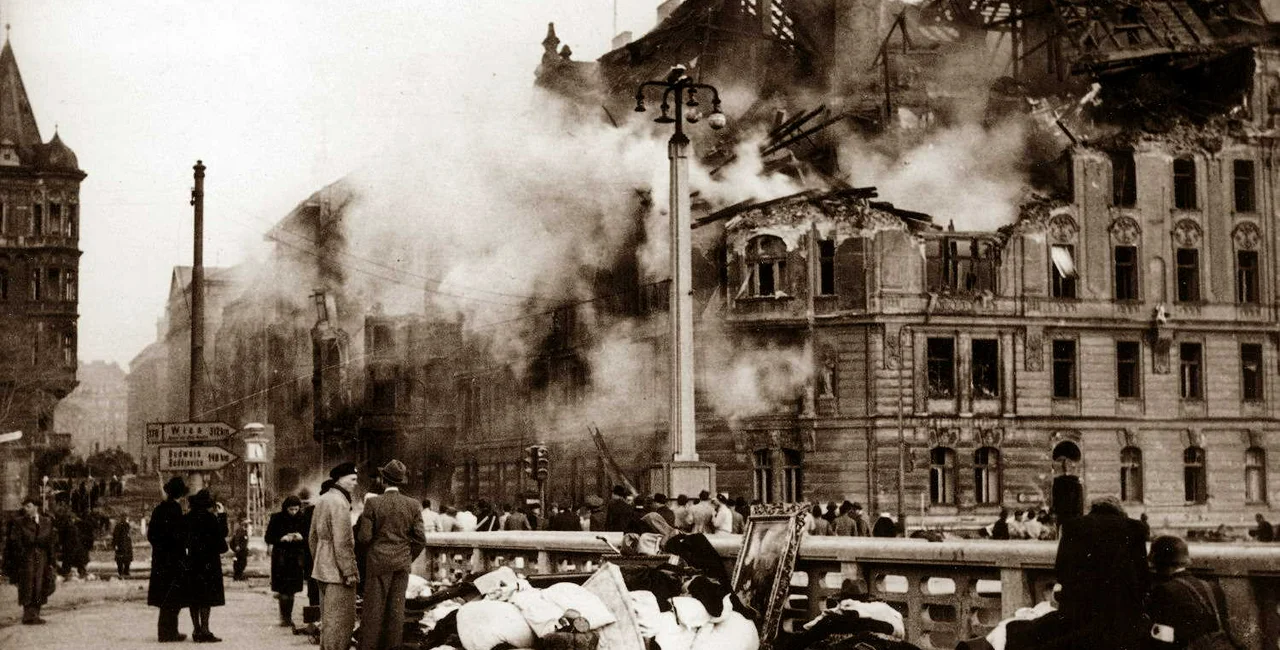While Prague avoided the heavy damage that many major cities saw during World War II, it was bombed several times.
The most costly in terms of human life was on February 14, 1945, and it was by accident. U.S. Army planes from the Eighth Army Air Force, flying in bad weather with heavy cloud cover, overshot the intended target of Dresden and then mistook the Vltava river, which crosses though Prague, for the Elbe (Labe), which bisects Dresden.
Radar on the planes had not been functioning properly, and high winds caused the dead reckoning, or rough mathematical estimate of distance, to be significantly off. Dresden is 120 km northwest of Prague.
The squadron was supposed to make a turn over the German town of Torgau, but instead turned over Freiberg. One navigator tried to point out the mistake, but his advice was ignored and he was warned not to break radio silence again. After the raid, other navigators also said they had hit the wrong target, but were unable to stop the raid without violation protocol. A pilot in the lead group of bombers, Lt. Andrew Andrako, was of Czech descent.
The squadron’s 40 B-17 Flying Fortresses dropped about 152 tons of bombs on Prague residential areas including Karlovo náměstí, Vyšehrad, Nusle, Vinohrady, Vršovice, Pankrác, and Zlíchov. This caused 701 deaths and 1,184 injuries, all civilians.
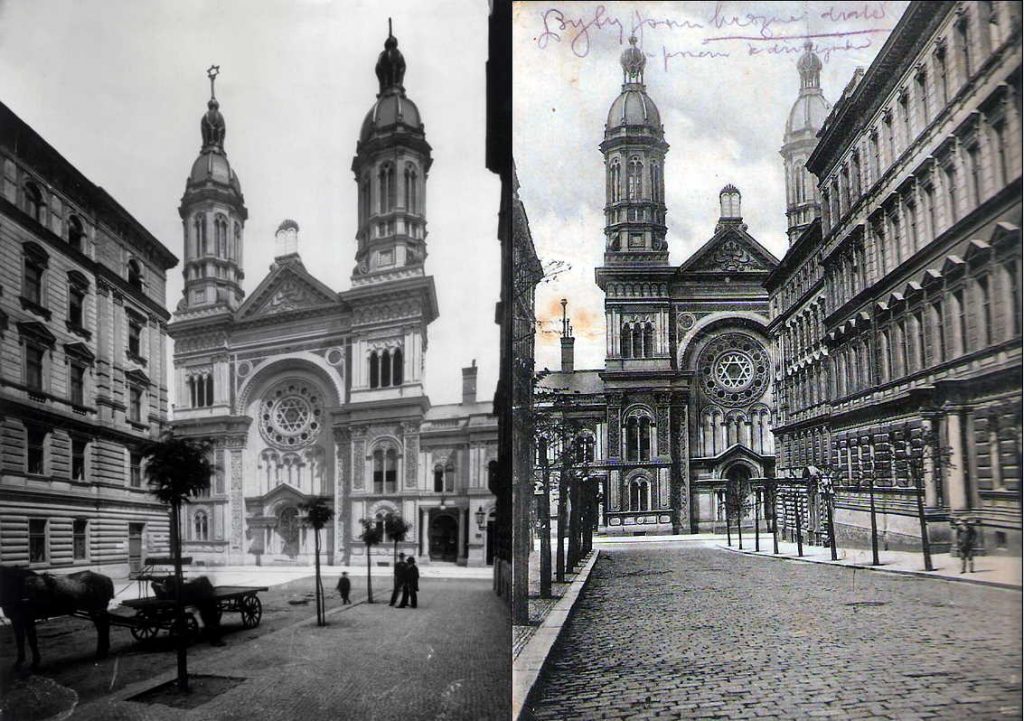
The bombing destroyed about 100 houses and historical sites, and heavily damaged another 200. An estimated 11,000 people were left homeless. No military targets such as factories involved in war production were hit.
The attack happened around noon, and lasted only five minutes. Air raid sirens did sound, but many people ignored them as planes routinely flew over Prague but had only dropped bombs once previously, on November 15, 1944, and those caused almost no damage.
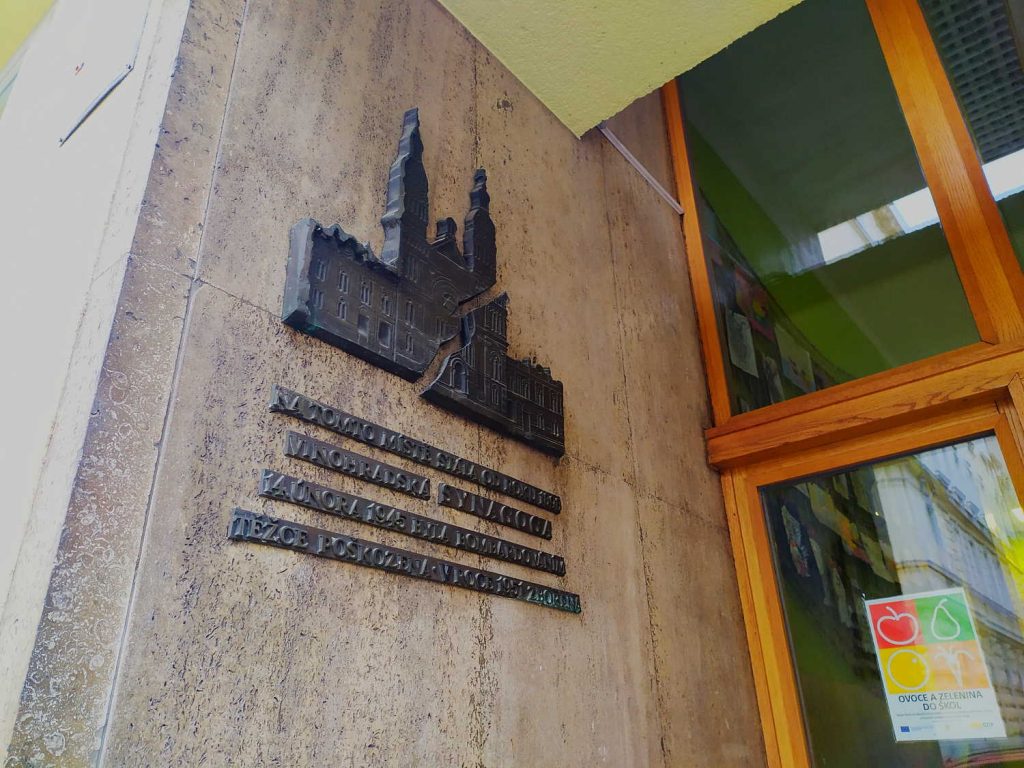
The landmarks damaged included the Emmuas Monastery (Emauzy), Vinohrady Synagogue (Vinohradská synagoga ), the former Jesuit College on Karlovo náměstí, and a wall by the Faust House (Faustův dům).
The Emmuas Monastery was repaired with modern winglike spires in the 1960s, while the Faust House wall and Jesuit College were restored, with no visible external traces of the damage, after the war ended. The Church of St Ignatius (Kostel sv. Ignáce) on Karlovo náměstí, adjacent to the college, was not damaged. It was used to collect the remains of the victims.
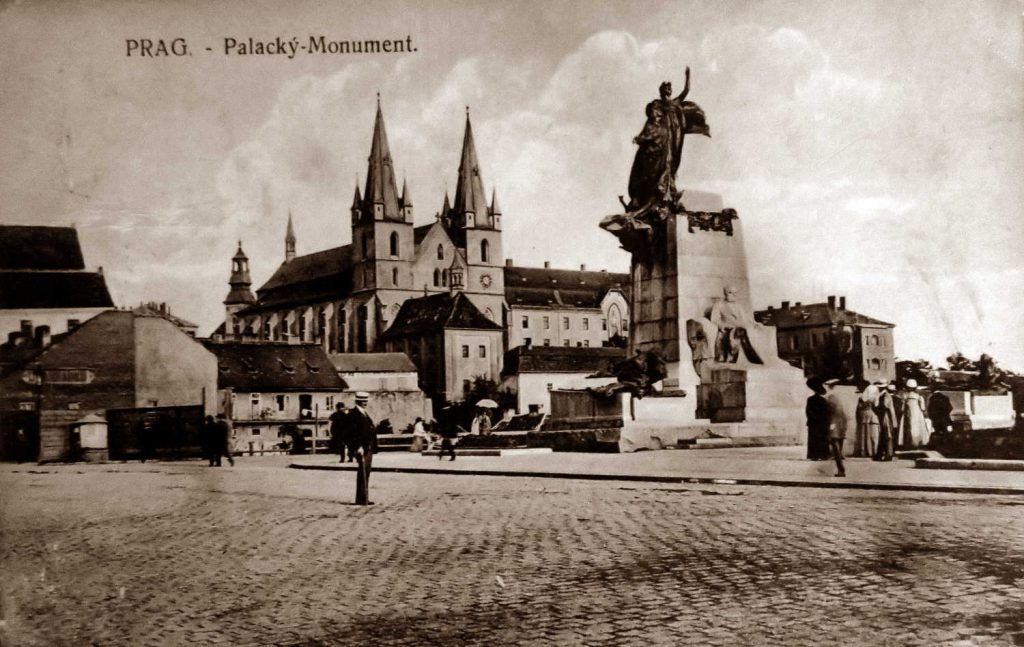
The ruins of the Vinohrady Synagogue, on the other hand, were torn down in 1951 to make way for a school that opened a decade later. A small plaque is the only reminder of the two-towered structure that for half a century was a dominant feature of the Prague skyline.
The synagogue, which opened in 1896, stood where Sázavská Street meets Moravská Street. One of the largest synagogues in the world, it could hold 2,000 people. The architect was Wilhelm Stiassny, who also designed the Jerusalem Synagogue. Before World War II, Vinohrady had the largest Jewish population of any neighborhood in Czechoslovakia, with some 5,700 people.
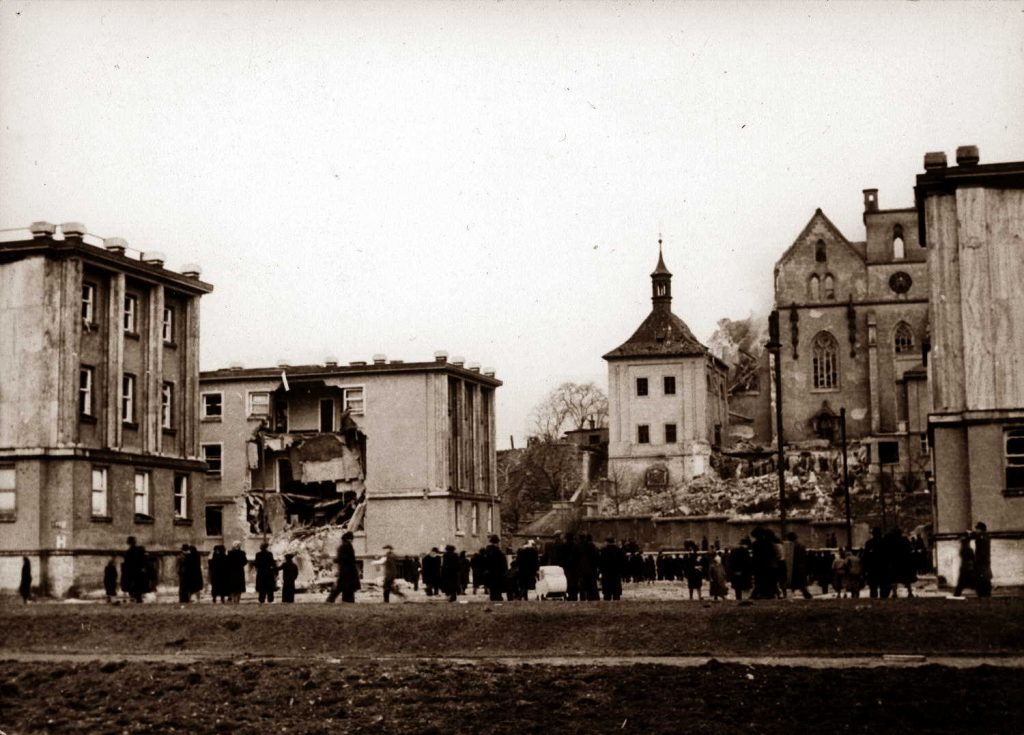
The Dancing House, one of Prague’s famous modern landmarks, stands on a lot left empty due to the bombing. The lot was vacant until the early 1990s.
The first raid over Prague was in April 1940, with French planes dropping propaganda leaflets.
Several other raids dropped real bombs. On October 5, 1941, the British RAF dropped four firebombs, and then on November 14, 1944, two unidentified planes dropped bombs on a power plant in Holešovice, but caused no significant damage. Some people are alleged to have been killed by fragments, but exact figures are not known.
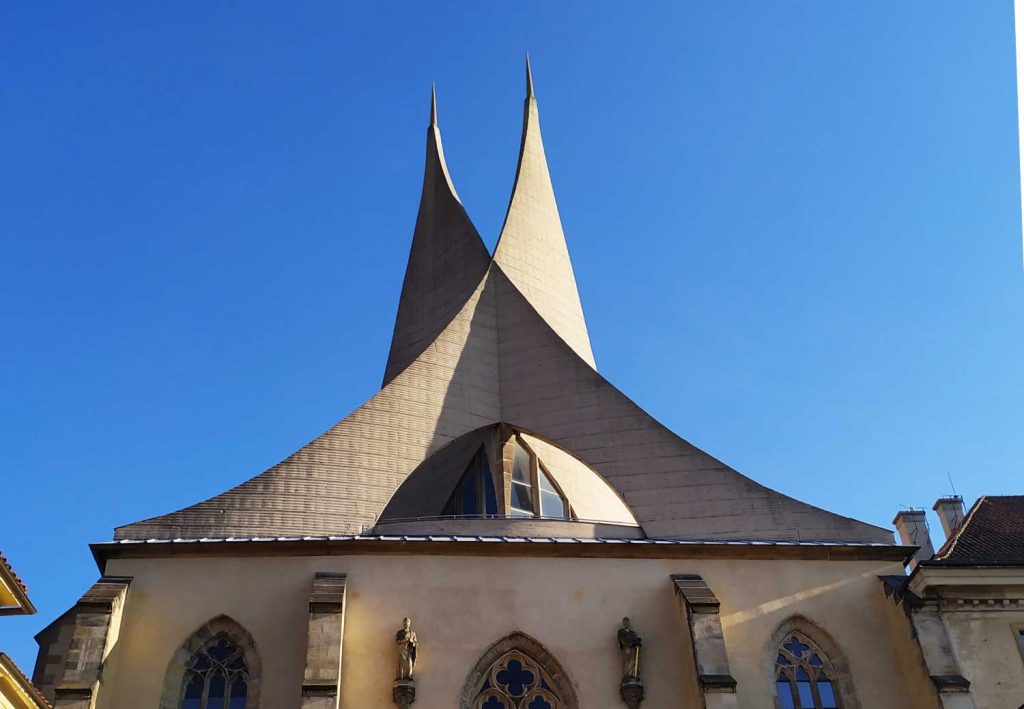
Prague was the intended target of a raid on March 25, 1945. The date was chosen as it was Palm Sunday and the targeted factories were likely to have minimal civilian staff on site.
Some 650 bombers in 12 waves from a base in Italy hit Prague’s ČKD factories, which made vehicles for the German forces, and the military airfields of Kbely, Letňany and Čakovice. Casualties included 235 dead and 417 injured, with 90 buildings destroyed and 1,360 badly damaged.
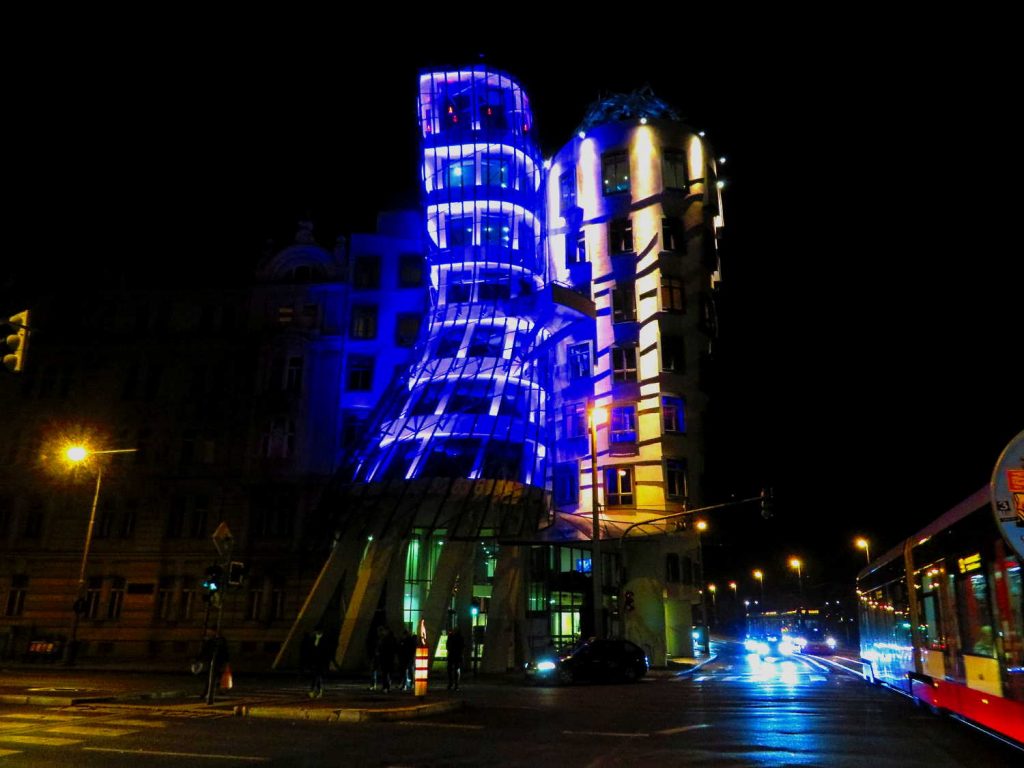
More damage was caused during Prague Uprising in May 1945, with part of Old Town Hall burning and other damage from ground fighting.
The Prague Institute of Planning and Development (IPR), whose modern-style headquarters sits one a lot in the Emmaus Monastery complex left empty by the bombing, in 2015 released an interactive map and photos of the damage from the February 14, 1945, and other World War II bombing raids. The app includes aerial photos from 10 reconnaissance missions over Prague at the end of World War II.












 Reading time: 4 minutes
Reading time: 4 minutes 